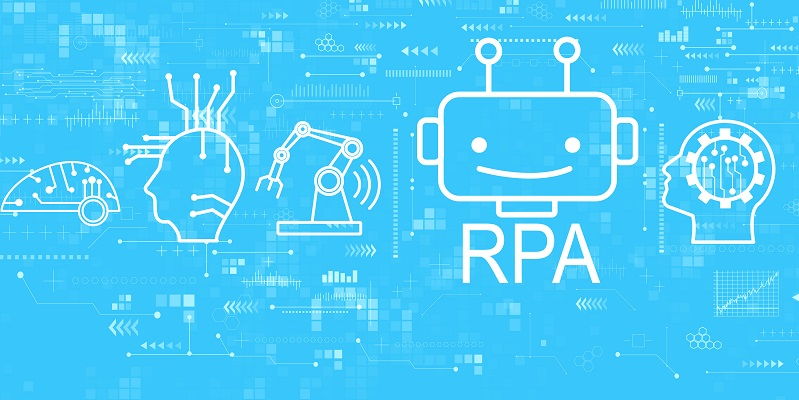In today’s fast-paced corporate world, the adoption of Robotic Process Automation (RPA) has seen a steady rise. RPA solutions are revolutionizing traditional manual processes by acting as transitional bridges, leading the way towards large-scale automation initiatives. By utilizing sophisticated algorithms that simulate human activity, RPA applications effectively improve energy-consuming manual processes while ensuring seamless operations and increased efficiency.
The role of RPA as a transitional bridge
Robotic Process Automation plays a critical role as a bridge between manual processes and the vision of fully automated operations. It serves as an intermediary stage where organizations can leverage RPA to streamline and optimize existing processes before committing to complete automation. With its ability to mimic human actions, RPA acts as a catalyst for businesses looking to make their operations more efficient and error-free.
Benefits of RPA in improving efficiency
One of the major advantages of incorporating RPA software is reducing the burden of energy-consuming manual processes. RPA applications can handle daily activities with precision and speed, allowing employees to focus on more strategic tasks. By automating repetitive tasks, RPA reduces dependencies on human intervention, leading to increased efficiency, reduced workloads, and, ultimately, driving higher business revenue.
RPA’s Potential in Various Industries
The scope and potential of RPA solutions extend across multiple industries and sectors, facilitating digital transformation. In the healthcare industry, professionals often struggle with labor-intensive administrative operations. However, with the implementation of advanced technologies such as RPA modules and intelligent chatbots, organizations can minimize manual routines and shift their focus to critical patient care and other high-value operations. Similarly, the retail, finance, education, and government sectors can also benefit from RPA automation in streamlining processes and increasing productivity.
Categorizing RPA software based on capabilities
RPA software can be classified based on its capabilities. These capabilities can be categorized into data-related, integration-related, and process-related functions. Data-related capabilities enable RPA systems to efficiently handle data extraction, validation, and analysis. Integration-related capabilities facilitate seamless integration with existing systems, ensuring smooth information flow. Process-related capabilities focus on end-to-end automation of specific processes in accordance with business rules and policies.
The Lifecycle of RPA Implementation
Implementing RPA follows a structured lifecycle comprising discovery, design, development, deployment, and operation stages. In the discovery phase, organizations identify potential areas for automation and evaluate the feasibility of RPA implementation. The design phase involves creating a blueprint of the RPA solution, while the development phase focuses on building and configuring the automation workflows. Deployment ensures successful integration and testing, leading to the final operation and maintenance stage.
The Impact of RPA on the Healthcare Industry
In the healthcare sector, RPA has already emerged as a game-changer, revolutionizing operations and transforming patient care. With medical professionals burdened by administrative tasks, RPA technology offers a solution to alleviate their workload. By automating processes such as patient data management, claims processing, appointment scheduling, and billing, RPA streamlines operations, improves accuracy, and allows healthcare providers to concentrate more on delivering quality care.
Examples of RPA Applications in Healthcare
The application of RPA in the healthcare industry goes beyond streamlined administrative processes. RPA software can accelerate various operations, such as patient data management, ensuring secure and efficient access to vital medical information. Claims processing becomes more efficient, reducing errors and improving patient satisfaction. Appointment scheduling becomes seamless, minimizing wait times and optimizing resource allocation. Additionally, RPA facilitates accurate billing, ensuring timely payments and reducing revenue leakage.
Robotic Process Automation (RPA) has quickly gained recognition as a transformative technology across numerous sectors. Its ability to automate manual tasks, optimize processes, and increase overall efficiency has made it indispensable for organizations seeking to stay ahead in a hyper-competitive world. As businesses embark on their digital transformation journey, embracing RPA technology can unlock new levels of productivity, cost reduction, and customer satisfaction. It is essential for organizations to recognize the potential of RPA and incorporate it strategically to drive future growth and success.

